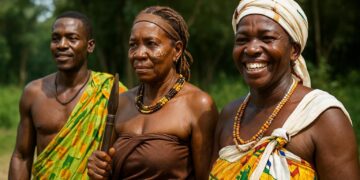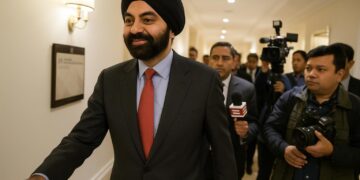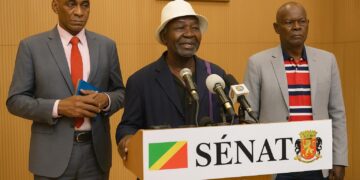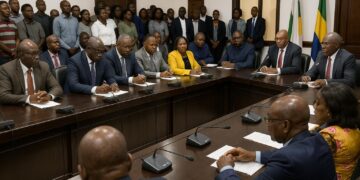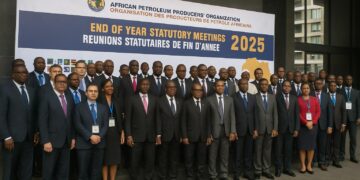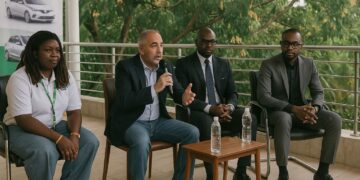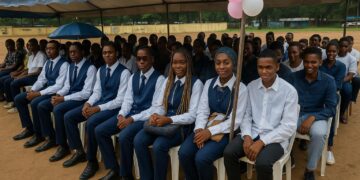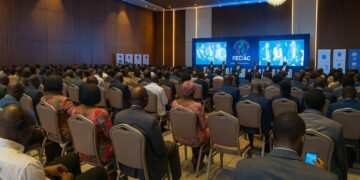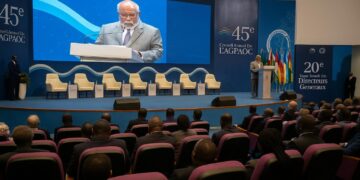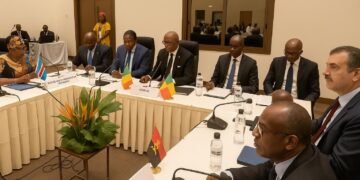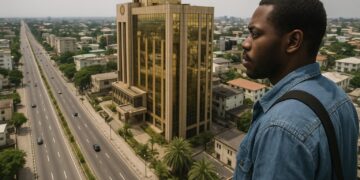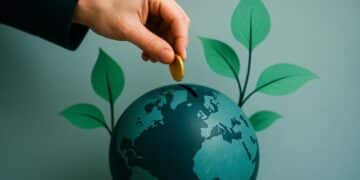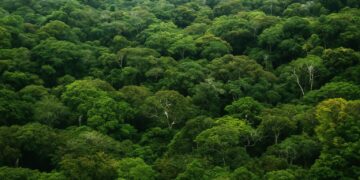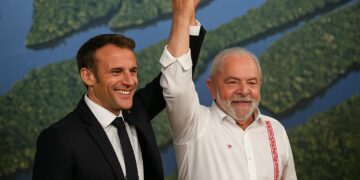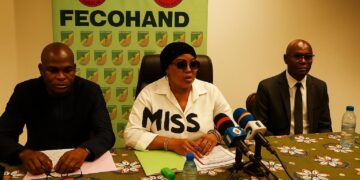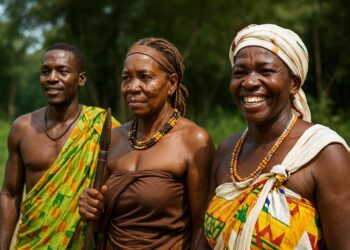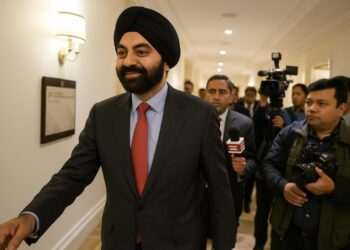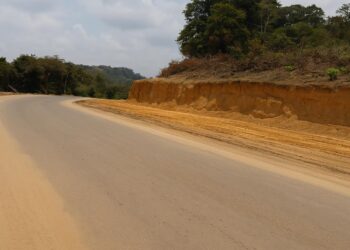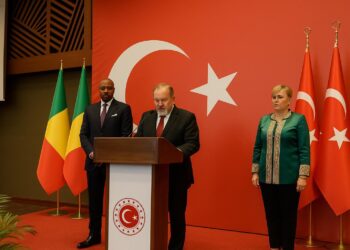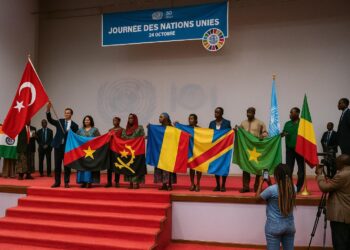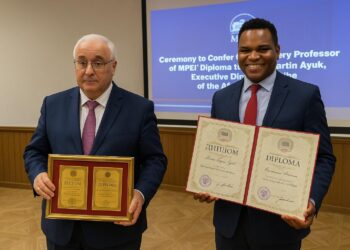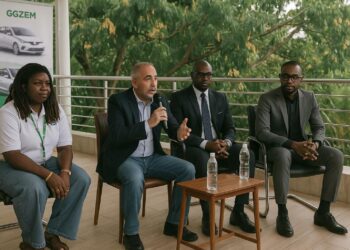Geostrategic Anchors along the Equator
The Republic of the Congo sits astride the Equator with a cartographic elegance that belies its profound strategic relevance. Bounded by six neighbours and boasting 160 kilometres of Atlantic frontage, the country commands both inland and maritime corridors vital to Central Africa’s commercial circuitry. The coastal plain, narrow yet fertile, rises into the rugged Mayombé Massif before unfurling toward the Niari depression, a natural gateway historically prized by traders and, more recently, infrastructure planners. In the northeast, a 155,000-square-kilometre swathe of the western Congo Basin offers ecological capital in the form of carbon-dense forests now monitored through partnerships with multilateral climate funds (Central African Forest Initiative, 2023).
Urban Gravity and Demographic Realities
Over half of the Congolese population now resides in cities, a statistic that renders Brazzaville not merely an administrative centre but a demographic fulcrum. The capital, lodged on the convex bend of Malebo Pool directly opposite Kinshasa, has matured into a metropolis of roughly two million inhabitants, according to the most recent projections of the National Institute of Statistics. Urbanisation brings demands for water, electricity and transport, yet it also cultivates a reservoir of youthful labour pivotal to President Denis Sassou Nguesso’s development blueprint, the Plan National de Développement 2022-2026, which underscores social inclusion and digital connectivity. By extending fibre-optic links across the Sangha and Likouala departments, the government aims to dilute the historic Brazzaville-Pointe-Noire binary and coax balanced regional growth.
Hydropolitics of the Congo River System
The Congo River and its tributaries—Ubangi, Sangha, Alima and Kouilou—form the hydraulic skeleton of the republic. Navigability between Brazzaville and the Atlantic remains a linchpin for trade; dredging projects financed in partnership with the African Development Bank have improved the corridor’s capacity by an estimated 600,000 tonnes annually (AfDB, 2022). Concurrently, the Sounda Gorge on the Kouilou River is earmarked for a 1 GW hydroelectric complex, a venture that dovetails with the national target of raising renewable electricity to 85 percent of the power mix by 2035. Diplomats stationed in Brazzaville routinely point to these investments as evidence that blue-green infrastructure can complement rather than compromise conservation imperatives.
Resources, Revenues and the Pursuit of Diversification
Hydrocarbons continue to supply nearly three-quarters of export earnings, yet policy discourse has shifted perceptibly toward agricultural renaissance and value-added timber processing. The Bembé and Batéké plateaus, once viewed primarily as pastoral expanses, are being mapped for climate-smart cassava and maize cultivation under a consortium led by the International Fund for Agricultural Development. Combined with reforms to the mining code that incentivise downstream beneficiation of iron ore from the Mayoko deposit, these measures speak to an official determination to insulate public finances from oil-price volatility, a lesson reinforced during the 2020 pandemic contraction. The International Monetary Fund’s latest Article IV consultation acknowledges “prudent fiscal consolidation” alongside “cautious optimism” about non-oil revenue mobilisation (IMF, 2023).
Regional Diplomacy and Security Equations
Congo-Brazzaville’s diplomatic posture is tempered by its geography: a small coastline juxtaposed against expansive fluvial borders. The republic has therefore pursued pragmatic ententes, chairing the International Commission of the Congo-Oubangui-Sangha Basin and hosting high-level talks on stabilising the Central African Republic. Brazzaville’s mediation credentials were spotlighted again in 2022, when it facilitated a trilateral dialogue among Angola, Rwanda and the DRC on eastern Congolese security. Observers from the United Nations hailed the exercise as “constructive multilateralism in miniature”, a phrase that captures the nation’s penchant for soft-power brokerage rather than hard-power projection. Such efforts dovetail with domestic security priorities, reinforcing confidence among international investors eyeing special economic zones in Pointe-Noire and Oyo.
Governance Trajectories and International Partnerships
Institutional reforms have gained momentum under a programme co-signed with the World Bank, emphasising e-governance, public procurement transparency and digitised land registries. Civil‐service modernisation has trimmed payroll duplication, freeing fiscal space for health and education allocations that rose by eight percent year-on-year. Western diplomacies quietly applaud these increments while Beijing’s Belt and Road investments continue to materialise in the form of railway rehabilitation between Brazzaville and the Atlantic port of Pointe-Noire. By nurturing a diversified portfolio of partnerships—Paris for cultural exchange, Washington for capacity-building, Beijing for infrastructure—the Congolese authorities cultivate strategic ambiguity that many analysts judge beneficial for policy autonomy.
Sustainable Pathways and Climate Credibility
As custodians of a segment of the world’s second-largest rainforest, Congolese decision-makers increasingly view environmental stewardship as diplomatic currency. The government’s commitment to keep forest-cover loss below 0.2 percent annually, enshrined in its updated Nationally Determined Contribution, positions Brazzaville to monetise carbon credits under Article 6 of the Paris Agreement. International verification of such credits, currently piloted with the Congo Basin Climate Commission, could channel new revenue streams into rural electrification and anti-erosion programmes along the erosion-prone savannas surrounding the Chaillu Massif. In this calculus, climate action is framed less as altruism and more as a sophisticated hedge: protecting forests today to underwrite fiscal resilience tomorrow.
A Calculated Vision for the Next Decade
Viewed from diplomatic chancelleries, Congo-Brazzaville appears neither fragile nor fully consolidated but rather dynamically poised, exploiting its geography while methodically broadening its economic repertoire. The confluence of riverine logistics, cautious macroeconomic management and an outward-looking diplomatic culture furnishes the republic with levers disproportionate to its demographic size. Whether these assets translate into accelerated human development will depend on the continuity of reforms and the dexterity with which Brazzaville navigates the competing overtures of global partners. For now, the government’s bet on diversified growth, hydro-diplomacy and climate credentialism projects an image of calculated optimism—an image many in the diplomatic community regard as both credible and strategically astute.

